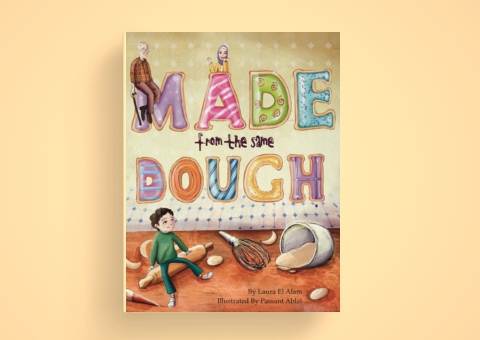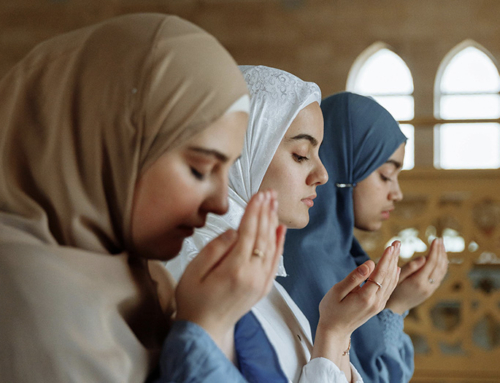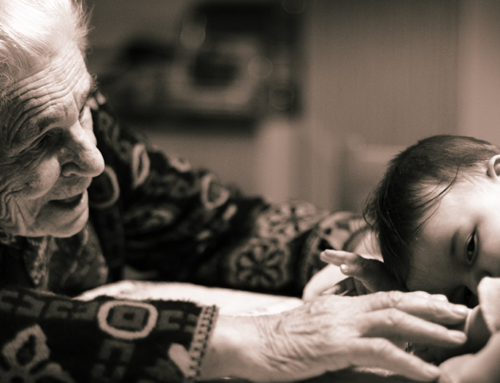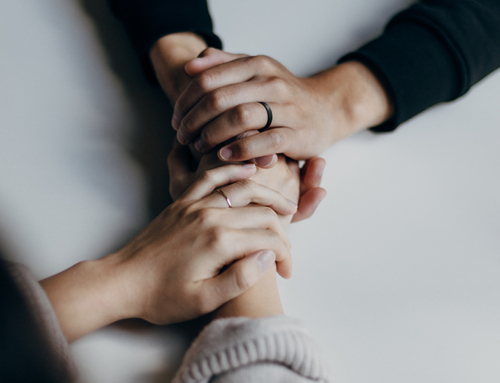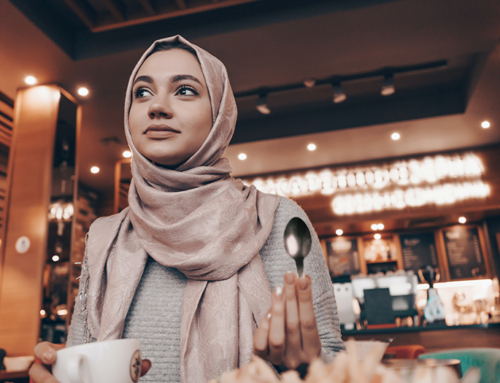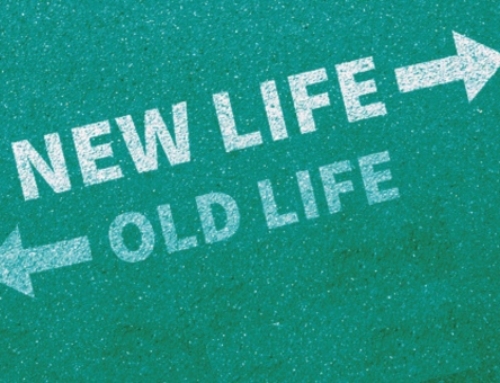An Interview with Laura El Alam, Author of “Made from the Same Dough”
In this article, where we had the pleasure of interviewing author, Laura El Alam, to discuss her children’s book titled “Made from the Same Dough.” In this interview, we explore the inspiration behind this heartwarming tale of a young Muslim child and his non-Muslim grandfather. We explore the valuable lessons this book imparts to young readers as well as the larger implications the book has on the American Muslim community.
- What inspired you to write a story about a Muslim child, Rayan, and his Christian grandfather, Papa, spending Ramadan together?
Made From the Same Dough was inspired by my own family’s traditions. Many years ago, I wrote a magazine article about how my Catholic father used to love spending Ramadan with us. He would eat breakfast and lunch as usual, and then join us for iftar when the sun set. We always teased him about how eager he was to “break the fast” when he hadn’t been fasting at all! He loved to join us at potluck iftars at our friends’ homes. The hosts were always extremely warm and welcoming to him, and Dad enjoyed sampling delicious foods from all over the world. Those gatherings made a big impression. Whenever he heard negative stereotypes about Muslims in the media, he would say, “I know that’s not true. I have a lot of Muslim friends now, and they’re the nicest people you’ll ever meet.”
Asmaa Husain, the founder of Ruqaya’s Bookshelf, read my article and asked if I’d like to write a children’s book. She said she loved the idea of publishing a story with characters from an interfaith family like mine. I jumped at the chance.
- How did you come up with the idea of highlighting the challenge of having a non-Muslim family member participate in a Ramadan gathering?
All good stories have some kind of conflict or problem that needs to be overcome. In the true story of my dad’s Ramadan visits, there wasn’t actually a conflict like the one in my story, but I do think my children struggled a little bit with the concept that I had been raised Catholic, that I used to celebrate Christmas, and that all their relatives on my side of the family are Christian.
When planning this book, I imagined how a Muslim child might feel, bringing his non-Muslim grandfather to an iftar. If all of his friends’ relatives were Muslim, it might make him feel peculiar or awkward when his grandfather was the only one not fasting or praying. I also thought about how when a family is made up of people who practice different faiths, there are bound to be some differences of opinion and probably some challenges, too. I hope this story shows how challenges can be overcome with love and mutual respect.
- How did you approach the theme of cultural and religious diversity in the book, and why do you believe it is important for children’s literature?
I’m thrilled that I had the chance to approach the theme of cultural diversity because it’s a common one amongst converts in the West. Many of us feel like we have one foot in each culture– the one we were raised in, and the culture of Islam. A large number of us, additionally, are married to spouses from different countries, so our households are blended, and our children grow up multiculturally.
When I first became Muslim, I thought I had to give up everything that made me American, but eventually, I learned that it’s fine to embrace parts of my upbringing that don’t contradict Islamic teachings. No country or ethnicity has a monopoly on Islam; we are a diverse community (ummah), and that’s beautiful. We can celebrate what makes us unique as long as we stay in line with Islamic teachings.
As far as religious diversity, those of us who live in non-Muslim-majority nations experience it every day of our lives. We routinely interact with neighbors, coworkers, and community members who have different beliefs than ours, and Islam teaches us to treat everyone with good manners, honesty, and kindness. When it comes to our non-Muslim family members, we owe them even more kindness.
What better time to begin discussing these concepts than childhood, when kids are impressionable and looking to their parents for guidance? Storybooks can be an excellent springboard for conversation. Reading with our kids naturally leads to talking about beliefs and values and also helps children build empathy and emotional intelligence, both of which are qualities that Prophet Muhammad (peace and blessings be upon him) exemplified.
- What are some of the key lessons or values you aimed to impart to young readers through the character development and interactions between Rayan and Papa?
I hope young readers will learn that Muslims can have close ties of love with our non-Muslim family members. We don’t have to be at odds with them just because we practice different religions. Islam teaches us to be welcoming, kind, hospitable, and generous. We are encouraged to nurture ties of kinship and to be especially respectful of our parents and grandparents, even if they are not Muslim. Similarly, we can have positive relationships with neighbors, classmates, friends, and colleagues of different faiths. Inviting them to our homes and sharing our holidays and traditions is a wonderful way to show the beauty of Islam.
- What kind of impact do you hope the book will have on children, particularly those from diverse backgrounds or with interfaith families?
I hope this book with its delightful illustrations by Passant Ablal will allow children of interfaith families to see themselves reflected in the pages of a book. I know there are many children like mine who have non-Muslim relatives, and most have never seen a family like theirs represented in literature. It’s likely that some of those kids, like Rayan, have experienced conflicted feelings about their relatives, and I hope this book will help them process their emotions.
Whenever my own children see Muslim characters on book covers in the library, they feel excited. Living in the U.S., they’re inundated with books and T.V. shows about holidays that we don’t celebrate. So to find a story about Ramadan on display is empowering and makes them proud to be Muslim.
The Muslim population in the U.S. is growing rapidly. A Pew Research study shows that “by 2050, the U.S. Muslim population is projected to reach 8.1 million, or 2.1% of the nation’s total population — nearly twice the share of today.”1 It only makes sense that the books in our local libraries reflect the change in demographics.
I hope that books like Made From the Same Dough will show our non-Muslim friends and neighbors who we are, and what we value. If Islam seems strange, foreign, or disagreeable to them, I’d like to think that my book will help open their minds.
The book can be ordered from www.ruqayasbookshelf.com.
Got Questions?
We have Answers. Get in touch now.


